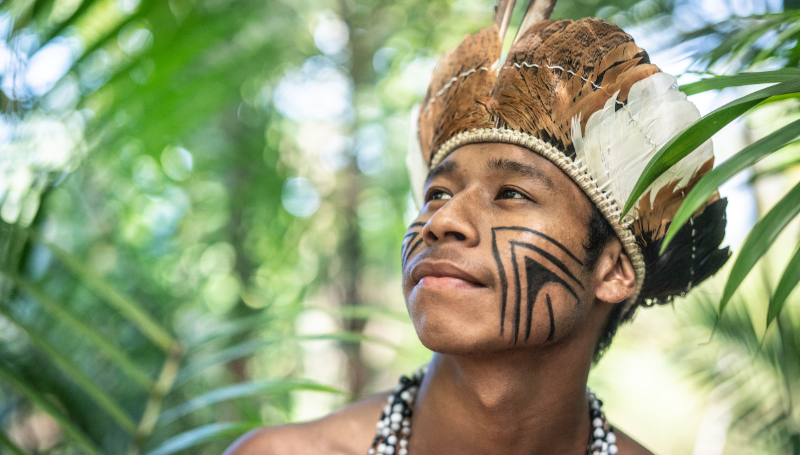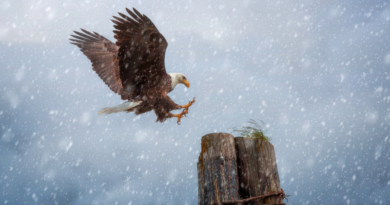Indigenous wisdom for creating courageous youth
(Uplift) The circle of courage
Anthropologists have long known that Native Americans reared courageous, respectful children without using harsh coercive controls. Nevertheless, Europeans colonizing North America tried to ‘civilize’ indigenous children in punitive boarding schools, unaware that Natives possessed a sophisticated philosophy that treated children with deep respect.
Creating courageous youth
The Circle of Courage is a model of positive youth development first described in the book Reclaiming Youth at Risk, co-authored by Larry Brendtro, Martin Brokenleg, and Steve Van Bockern. The model integrates Native American philosophies of child-rearing, the heritage of early pioneers in education and youth work, and contemporary resilience research. The Circle of Courage is based in four universal growth needs of all children: belonging, mastery, independence, and generosity.
These traditional values are validated by contemporary child research and are consistent with the findings of Stanley Coopersmith who identified four foundations for self-worth: significance, competence, power, and virtue. These are summarized below:
Belonging
In Native American and First Nations cultures, significance was nurtured in communities of belonging. Lakota anthropologist Ella Deloria described the core value of belonging in these simple words: “Be related, somehow, to everyone you know.” Treating others as kin forges powerful social bonds that draw all into relationships of respect. Theologian Marty observed that throughout history the tribe, not the nuclear family, always ensured the survival of the culture. Even if parents died or were not responsible, the tribe was always there to nourish the next generation.
Mastery
Competence in traditional cultures is ensured by guaranteed opportunity for mastery. Children were taught to carefully observe and listen to those with more experience. A person with greater ability was seen as a model for learning, not as a rival. Each person strives for mastery for personal growth, but not to be superior to someone else. Humans have an innate drive to become competent and solve problems. With success in surmounting challenges, the desire to achieve is strengthened.
Independence
Power in Western culture was based on dominance, but in tribal traditions it meant respecting the right for independence. In contrast to obedience models of discipline, Native teaching was designed to build respect and teach inner discipline. From earliest childhood, children were encouraged to make decisions, solve problems, and show personal responsibility. Adults modeled, nurtured, taught values, and gave feedback, but children were given abundant opportunities to make choices without coercion.
Generosity
Finally, virtue was reflected in the pre-eminent value of generosity. The central goal in Native American child-rearing is to teach the importance of being generous and unselfish. In the words of a Lakota Elder, “You should be able to give away your most cherished possession without your heart beating faster.” In helping others, youth create their own proof of worthiness: they make a positive contribution to another human life.
Source: Uplift
You may also like:
Master Shi Heng Yi – 5 hindrances to self-mastery
Indigenous educators bridge native and western science in the classroom





